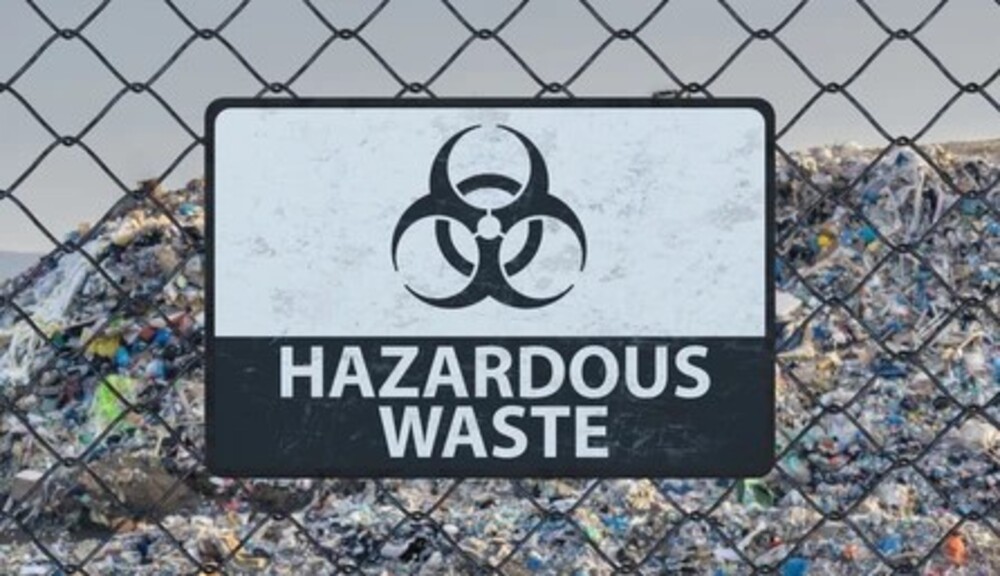The Environmental Protection Agency (EPA) announced the addition of 22 new locations for a program that will receive $1 billion in financing to remediate hazardous waste sites. It includes mines, manufacturing facilities, and landfills.
Additionally, the EPA stated that it would utilize the money to hasten the cleanup of 100 ongoing projects across the country.
The Bipartisan Infrastructure Bill, which President Joe Biden signed into law in 2021, appropriated $3.5 billion in the financing, of which the $1 billion is the second installment.
Hazardous waste, environment, and the Bipartisan Infrastructure Bill
The Infrastructure Bill is a legislative package aiming at addressing the country’s infrastructure needs. Also, it is expected to have a significant impact on the environment. One of the key provisions of the bill is to promote clean and renewable energy sources, such as wind and solar power. This would help reduce the country’s reliance on fossil fuels and contribute to the reduction of greenhouse gas emissions.
But, also, the Bipartisan Infrastructure Bill is addressing the issue of hazardous waste and its impact on the environment. Hazardous waste poses a significant threat to human health and the environment if not properly managed and disposed of.
Thus, the bill provides funding for the cleanup of contaminated sites. Such are Superfund sites. It also supports the development of new technologies for the safe disposal of hazardous waste. It includes provisions for improving the country’s waste management infrastructure, including the construction of new waste treatment facilities and the upgrading of existing ones. This helps ensure proper management of hazardous waste and its disposal, reducing the risk of exposure to toxic substances and protecting the environment.
Additionally, the bill focuses on environmental justice and the disproportionate impact that hazardous waste facilities have on low-income and minority communities. The bill includes provisions to ensure that communities affected by hazardous waste have a voice in the decision-making process. The point is for the cleanup and management of hazardous waste cleaning to be in a fair and equitable manner.
Reusing abandoned land
The EPA can now reuse abandoned land for brand-new economic development thanks to the Superfund program, which was first developed in 1980.
In a statement, EPA Administrator Michael Regan said that EPA continues ensuring communities living near many of the most serious uncontrolled or abandoned releases of contamination ultimately get the investments and protections they deserve.
By the way, 60% of the newly announced cleanup locations are in low-income or minority neighborhoods that are regularly overpolluted. Using the EJSCREEN mapping tool from the EPA, they have been located.
Cleaning landfills from hazardous waste
For instance, thanks to these finances a landfill in Virginia will undergo a cleaning process. Also, a former General Motors foundry in New York and a water contamination site in Indiana are in the same plan.
An effort to remove lead from a residential neighborhood in the Atlanta region is expensive. It has a history of pollution. Thus, it will cost about $50 million. Years have passed as the region has waited to get federal funding.
According to Democrat U.S. Senator Raphael Warnock, it couldn’t come fast enough. Without this historic investment, this faster schedule would not be conceivable. According to him, lead exposure poses a particular risk to children.
With the funding provided by the infrastructure bill, the EPA began 81 new cleanup projects last year. They include initiatives at 44 sites on the Superfund backlog list.
Additionally, the organization last October added 12 sites to the Superfund National Priorities List. It is a classification for seriously contaminated sites.
With the cleanup, the areas can undergo transformation into parks, green spaces, office parks, or warehouses.

